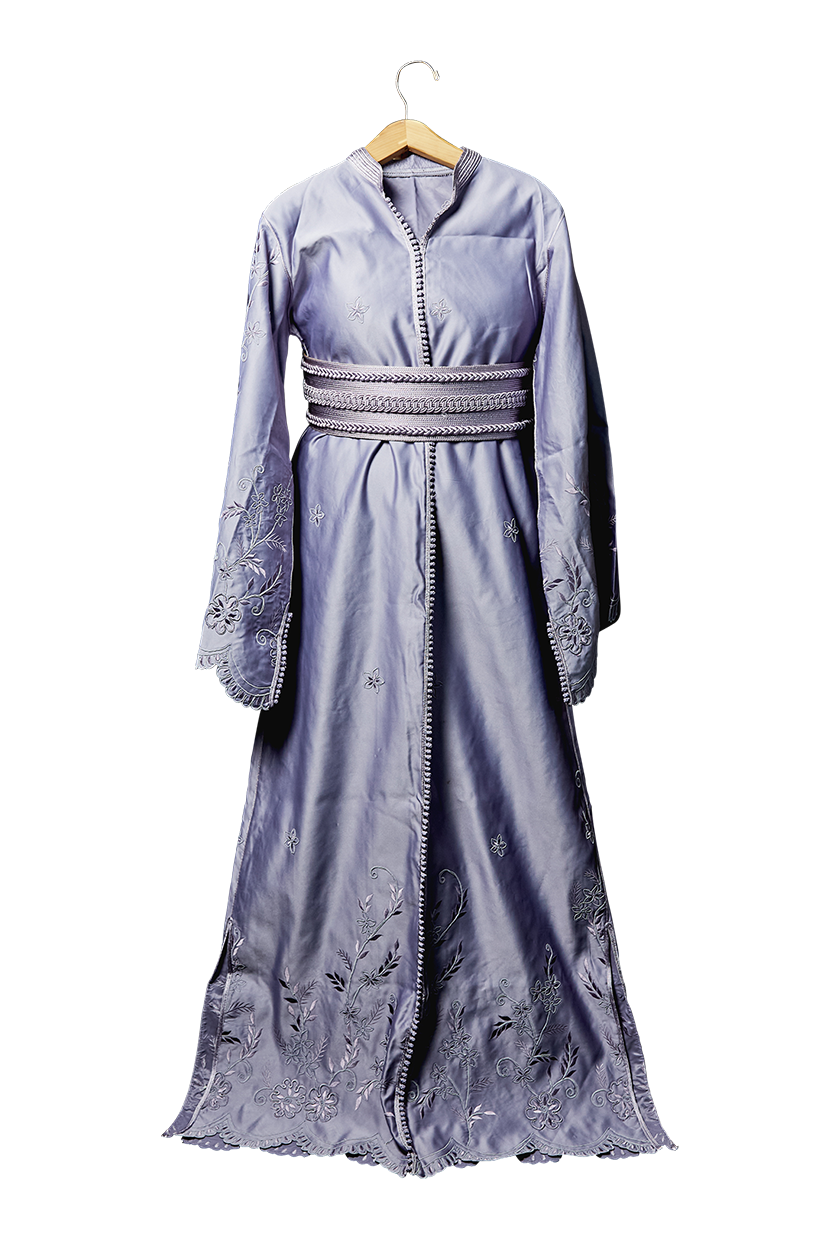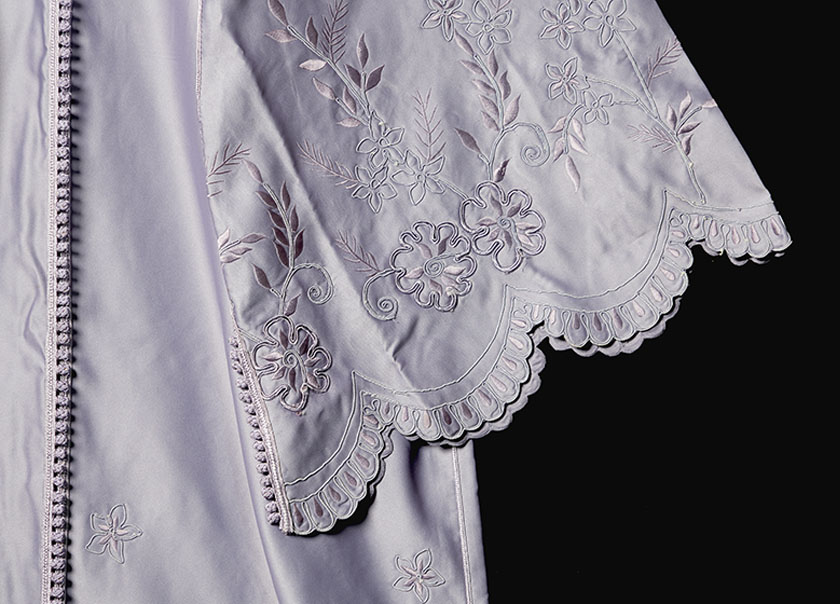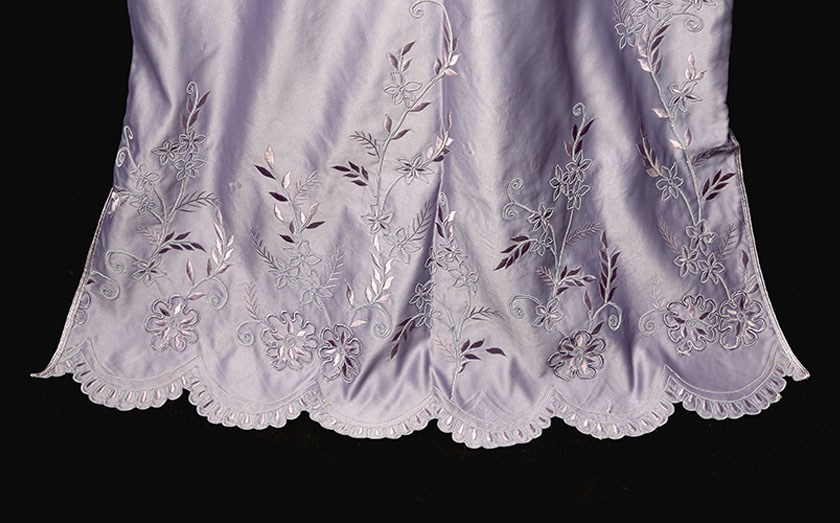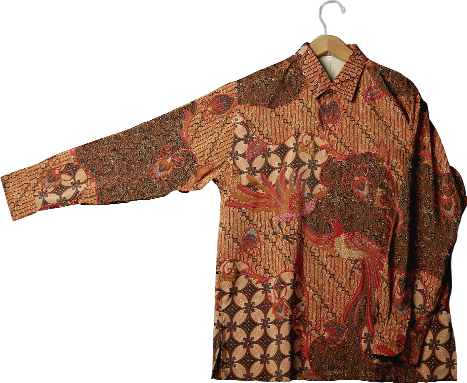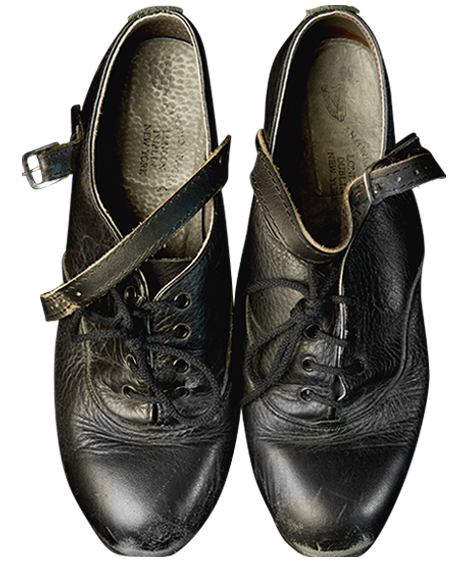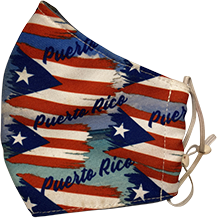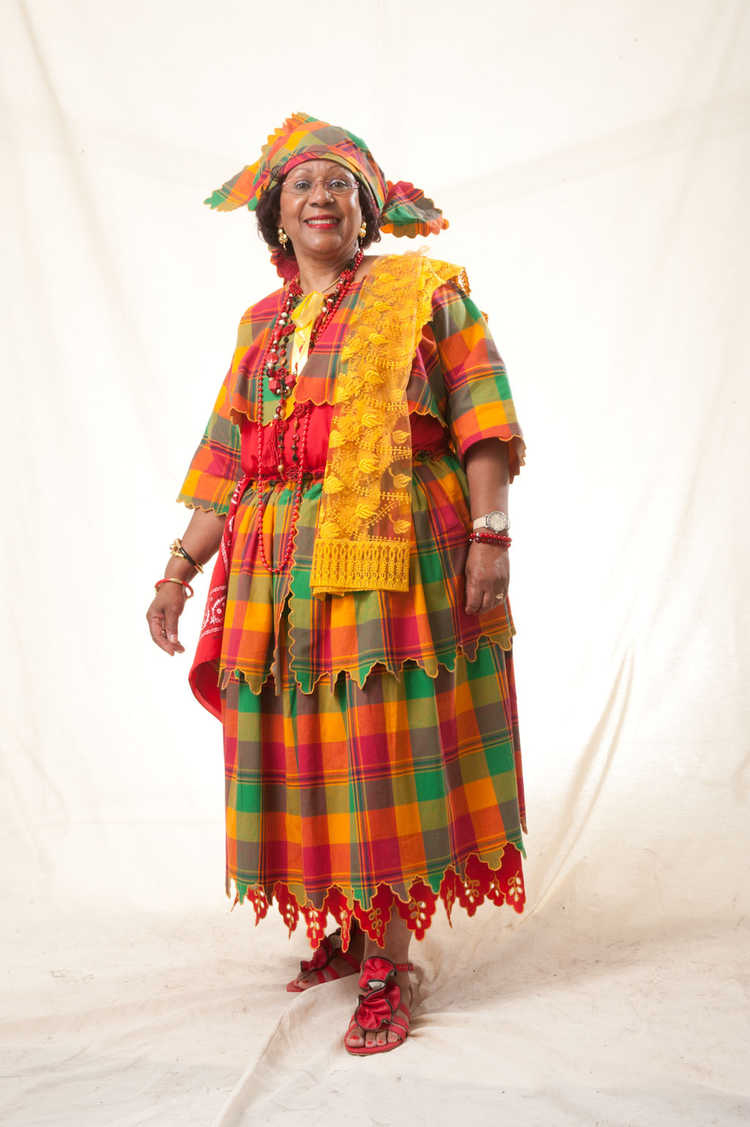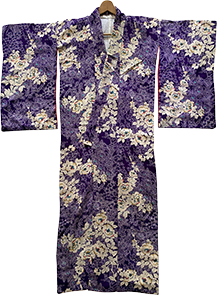Caftan
ABOUT
This caftan was a gift from Hanan Hassani’s husband at her wedding seventeen years ago. A caftan–also spelled kaftan, from the Ottoman Turkish word qaftan–is a long loose-fitting garment or dress that comes with a belt called a hizam, made of gold or silver thread, that wraps around the waist. A caftan has a round neckline and a slash on the sides. The front opening is tied with small buttons and loops and the sleeves are straight and long. Caftans cover the whole body from neck to feet. This silhouette is influenced by religious beliefs that require Muslims to cover their entire bodies. In the past, caftans were used by both men and women from Morocco. Later, the term for the men’s caftan was changed to foqiya. Women in Morocco wear caftans as everyday clothing. They also wear caftans for celebrations such as engagement parties, weddings, and religious holidays. Caftans are significant in Moroccan social life for the way they show the life stages of women. A young woman may use her caftan to signify to the mothers of young men in her community that she is single and ready to get married. Once married, a woman uses caftans to represent her family-in-law’s identity.
— Aung Myo Thet
Click on Image to View Gallery
ORIGIN
Morocco
APPROXIMATE DATE
c. 2003
MATERIALS
Cotton, silk, wool, or velvet fabrics
COLLECTION OF
Hanan Hassani
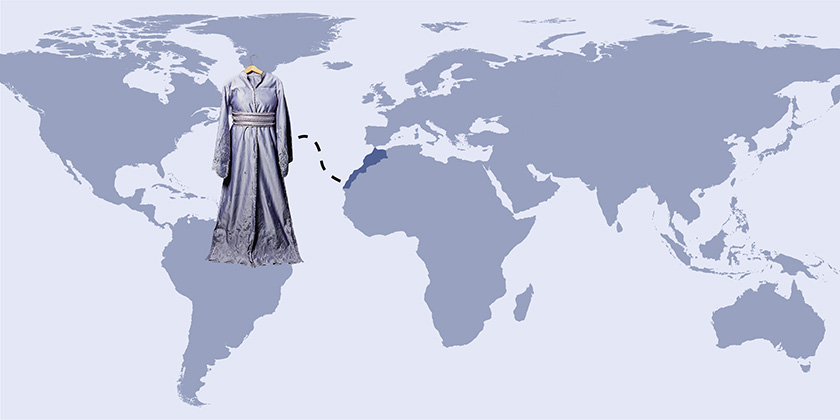
Caftan
Click on Image to View Gallery
ABOUT
This caftan was a gift from Hanan Hassani’s husband at her wedding seventeen years ago. A caftan–also spelled kaftan, from the Ottoman Turkish word qaftan–is a long loose-fitting garment or dress that comes with a belt called a hizam, made of gold or silver thread, that wraps around the waist. A caftan has a round neckline and a slash on the sides. The front opening is tied with small buttons and loops and the sleeves are straight and long. Caftans cover the whole body from neck to feet. This silhouette is influenced by religious beliefs that require Muslims to cover their entire bodies. In the past, caftans were used by both men and women from Morocco. Later, the term for the men’s caftan was changed to foqiya. Women in Morocco wear caftans as everyday clothing. They also wear caftans for celebrations such as engagement parties, weddings, and religious holidays. Caftans are significant in Moroccan social life for the way they show the life stages of women. A young woman may use her caftan to signify to the mothers of young men in her community that she is single and ready to get married. Once married, a woman uses caftans to represent her family-in-law’s identity.
— Aung Myo Thet
ORIGIN
Morocco
APPROXIMATE DATE
c. 2003
MATERIALS
Caftans can be made of cotton, silk, wool, or velvet fabrics
COLLECTION OF
Hanan Hassani

OTHER OBJECTS FROM THE EXHIBITION

